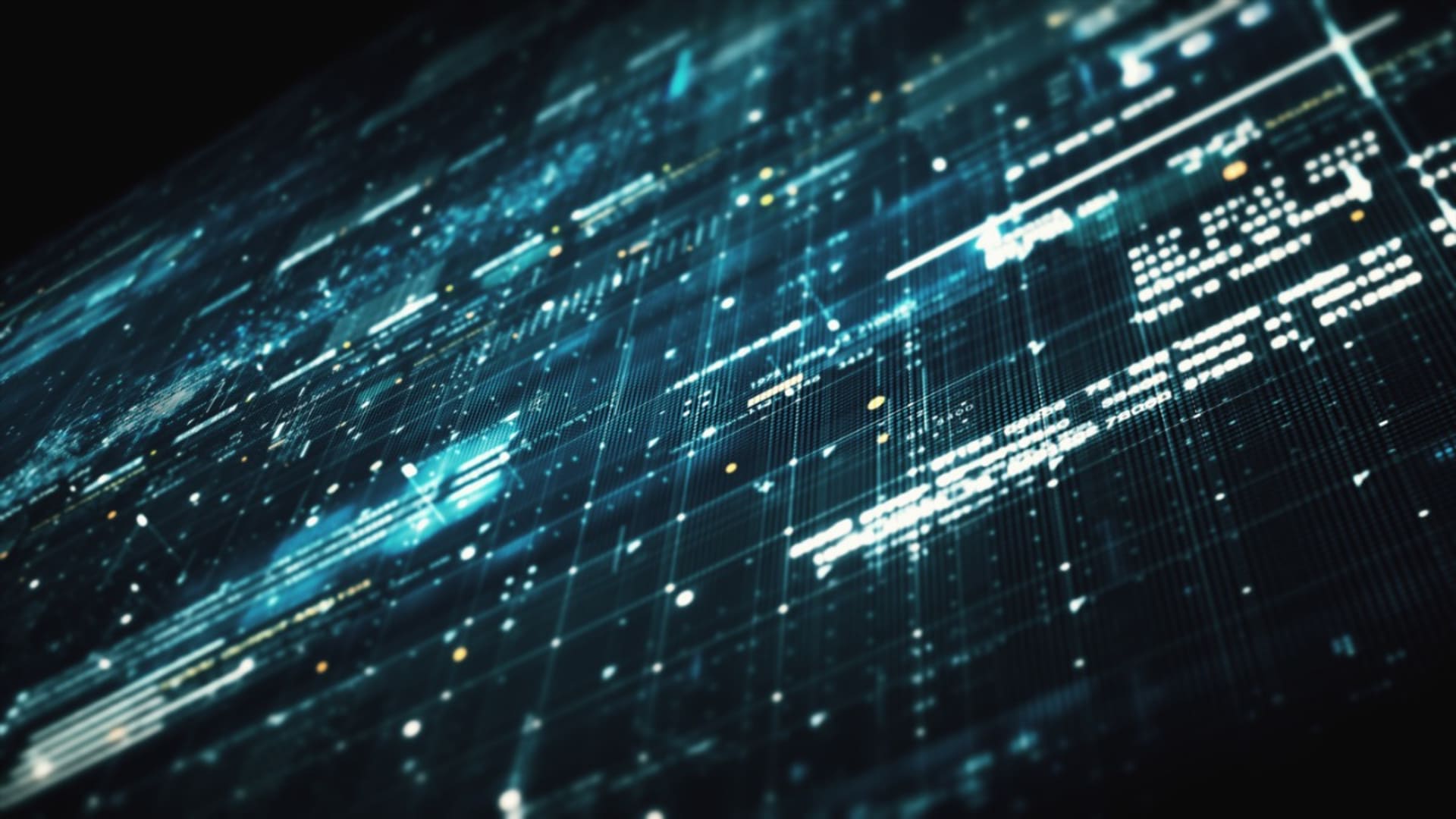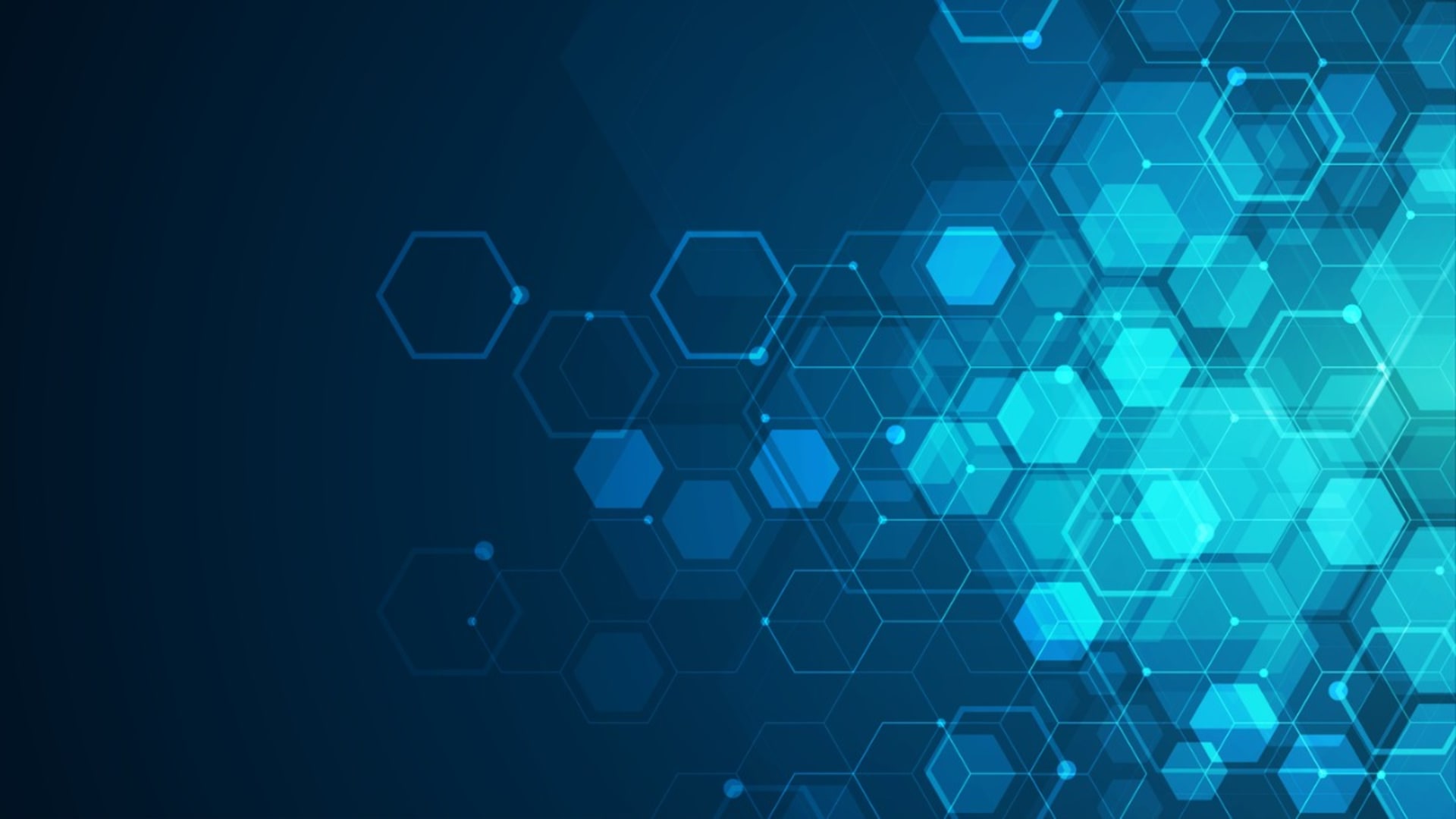Groundbreaking for its time, Web 1.0, the earliest iteration of the World Wide Web, created the blueprint for the Web today and set the stage for the future advancement of Web 2.0. Web 2.0’s introduction allowed for a more user-centric online experience.
Now, we’re entering a new phase of Web technology. Web 3.0 promises an even more interconnected and intelligent online experience. By utilizing artificial intelligence and machine learning, Web 3.0 has the ability to understand user needs, facilitating a more personalized experience.
What are the differences among the various versions of the Web? When comparing Web 2.0 versus Web 3.0, both offer incredible advancements but differ in terms of functionalities, key features, and future potential.
Historical Context
Web 1.0 focused on acting as an information-based portal rather than an interactive network. This early version offered basic connectivity and hyperlinks. Web 2.0 revolutionized the experience with user-generated content and the ability to interact socially. The current world demands even further advancements and personalization, leading to the development of Web 3.0.
Web 1.0 (The Static Web)
Commonly known as the “Static Web,” Web 1.0 represents the first initial phase of the World Wide Web, which essentially democratized Internet access. Websites featured static Web pages with an HTML-based, read-only experience, where users merely consumed content instead of interacting with or contributing to it. Basic hyperlinks gave users the ability to jump between pages as the primary tool for Web page navigation.
Very basic and rudimentary by today’s standards, Web 1.0 paved the groundwork for the rapid evolution of the WWW and Web access in general in a short amount of time.
Evolution to Web 2.0 (The Social Web)
The shift from Web 1.0 to Web 2.0 was a major evolution of the digital world, allowing for much more interactive experiences. That’s why it gained the nickname of the “Social Web.” This version focuses on technological advancements based on the desire for more engaging experiences.
Far more than simply a content delivery network, Web 2.0 emphasizes user-generated content, social networking, and digital collaboration. With it, users have gained the ability to create and share content while connecting with people globally via community-driven platforms and dynamic interactions.
What is Web 2.0?
Web 2.0 continues living up to its nickname of the “Social Web.” Far from the static pages of yesterday, this version of the WWW birthed the beginnings of the social media platforms of today by transforming a realm of static information into a dynamic space. Here, users can engage in rich interactive experiences and content-sharing.
Definition and Core Concepts
The emphasis on user-generated content defines Web 2.0 because it allows users to actively create and publish online. This participative social Web made way for mega-popular platforms like blogs, wikis, and video-sharing websites.
Collaboration, user interaction, and sharing are the central themes of this version of the Web, with platforms and tools designed to facilitate collective inputs and modifications while allowing for the free exchange of information, opinions, and media. Effectively transforming the capabilities of the Internet, Web 2.0 turned passive information consumers into active participants in the digital realm.
Key Features of Web 2.0
The Web 2.0 era saw the advent of different delivery platforms, ushering in mobile Internet access, for example. It created a wide variety of innovative features and dynamic content, essentially reshaping online interactions and boosting numerous new Web-based functionalities. Major social media platforms, including Twitter and Facebook, created online space for real-time interactions, multi-user virtual environments, and the building of communities.
User-friendly content management systems like WordPress also helped blogging gain popularity by democratizing content creation, while rich user interfaces facilitated more responsive Web interactions powered by AJAX. The rise of the use of APIs also allowed for unique combinations of various services by integrating data from multiple sources and presenting it in cohesive, interactive ways.
Advantages of Web 2.0
Compared to Web 1.0, the release of Web 2.0 created many benefits through its reshaping of the digital landscape. With enhanced user interactions as its priority, Web 2.0 allowed sites to offer more interactive tools for content creation while promoting engagement between users and platforms as well as other users.
This eventually led to the growth of social networks to foster global communities for both personal and professional communication and connections. Web 2.0 made the Internet a place that would enable users to engage online while generating vast amounts of data, eventually leading to analytic and big data-based tools to further optimize services.
Disadvantages of Web 2.0
Although it is full of benefits and advancements, Web 2.0 also created some challenges. Data privacy continues as a major issue stemming from Web 2.0 because users started feeling weary of platforms using their data in various ways and sharing personal information.
The domination of the landscape by major digital players like Google and Facebook gave rise to concerns about centralization and monopolistic practices to reduce competition. Many platforms also realized the possibilities for advertisement revenue, leading to intrusive ads or subtly manipulating content for additional revenue.
What is Web 3.0?
Dubbed the “Semantic Web,” Web 3.0 builds upon its predecessor and represents the next evolutionary phase of the WWW. This decentralized Web introduces a more interconnected and intelligent digital landscape while leveraging the power of AI and advanced algorithms to create more personalized content. Web 3.0 also features a push for decentralized systems to offer improved control and security concerning online interactions and sensitive data.
Definition and Core Concepts
Web 3.0 represents a new shift in the trajectory of the Internet with a focus on semantic understanding. This means that the Web doesn’t merely store data but also comprehends its context to offer more tailored interactions. It puts an emphasis on decentralized systems to help move away from giant monopolies as a distributed approach that gives control to the user.
Additionally, Web 3.0 offers a promise of a more immersive Internet experience through the use of augmented reality (AR), virtual reality (VR), and similar technologies. This facilitates a deeper level of engagement by blending the physical and digital realms. Ultimately, Web 3.0 combines a variety of advancements to define a smarter, more user-centric online world.
Key Features of Web 3.0
The main defining features of Web 3.0 include a decentralized network and systems, AR and VR, AI and machine learning, and the Semantic Web.
Semantic Web
The Semantic Web is a cornerstone feature of Web 3.0 because it introduces several groundbreaking features. By using technology to grasp not only data but its context as well, machines gain the ability to derive meanings and make connections without the need for explicit instructions from humans.
Ontologies are a vital part of the Semantic Web. As structured frameworks for the definition of conceptual relationships, ontologies help the Web discern intricate nuances among items. Research Description Frameworks (RDF) further this ability by offering a standardized format for describing and interchanging data. These features combined create an intuitive digital environment with a high level of inherent understanding and context awareness.
Decentralized Systems
Decentralized systems empower users by giving them more control over their data and interactions compared to traditional centralized models of data storage and verification. Blockchain and distributed ledgers offer a more transparent, immutable record of transactions to better ensure trust from users without the need for a centralized authority. Outside of its cryptocurrency use, this technology paved the way for decentralized systems and apps by bypassing central intermediaries and operating autonomously in a peer-to-peer network. This gives users more control over their own information.
Artificial Intelligence and Machine Learning
Web 3.0 elevates the user experience to a much more tailored one than Web 2.0 with the power of AI and ML. AI-driven systems offer personalized content based on the user’s preferences to ensure the relevance of every digital experience. The predictive analytics capabilities of AI allow machines to anticipate user needs ahead of time based on their previous behaviors. Advanced recommendation systems utilize ML to refine their suggestions over time after learning from the actions and feedback as well.
Virtual Reality (VR) and Augmented Reality (AR)
Embracing VR and AR gives Web 3.0 the ability to offer a more immersive Web browsing experience by pushing the boundaries of the traditional Web experience. AR overlays digital elements onto the real world, while VR transports users to entirely digital realms.
Combined with everyday Internet use, VR has the potential to transform online shopping by allowing for virtual store walkthroughs, for example. AR, already in use with many apps, allows users to visualize potential furniture purchases in their homes or to catch cute animals in the real world for a game.
Advantages of Web 3.0
The most important advantage of Web 3.0 is the return of control over users’ personal data to the users. This reduces exploitation by centralized entities while ensuring enhanced privacy. It also disperses power among users for a more democratized Internet experience. The power of ML and AI helps tailor content and recommendations for more engaging Web experiences while advanced algorithms, alongside AR and VR technology, foster deeper engagement levels and improve content based on each user’s needs.
Disadvantages of Web 3.0
Web 3.0 is equally promising and challenging. Incredibly technologically advanced with tools like blockchain and semantic algorithms in its fold, Web 3.0 creates daunting levels of complexity with less accessibility for non-technical users. The misuse of AI and other technologies poses a consistent threat with major potential consequences.
Comparing Web 2 Vs Web 3
Web 2.0 and Web 3.0 both come with pros and cons while highlighting many different leaps in the evolution of the Internet.
Technological Differences
Web 2.0 utilizes centralized servers with big company names controlling a majority of data and digital interactions. Web 3.0 promotes the use of decentralized platforms to eliminate singular, monopolizing, controlling entities with blockchain and other technologies to distribute data. Web 2.0 introduced dynamic, user-friendly interfaces and experiences, Web 3.0 takes this a step further with the incorporation of AI-driven interfaces, AR and VR, and other advanced tech.
Data Ownership and Privacy
The centralized platforms of Web 2.0 lead users to trade personal information for services with a limited understanding of the usage of their data. Web 3.0 focuses on true data ownership by transforming this so that users have direct control over their own personal data while deciding who accesses their information and under which conditions.
Monetization Models
Web 2.0 allows platforms to collect large amounts of user data, which advertisers then use to target demographics for ads as the main monetization model of this Web version. This leads to a compromise of the user experience with privacy breaches and intrusive promotions. Web 3.0 focuses on exploring alternative methods like cryptocurrency and tokenization, then leading to microtransactions, decentralized financial solutions, and direct peer-to-peer payments.
Potential Impact on Society
Web 2.0 continues shaping behaviors and forging global communities with major impact. By redefining communication norms, it also reshaped businesses through e-commerce and built the current dominant marketing field of influencer culture. Web 3.0’s ethos of decentralization offers more digital autonomy while reducing corporate monopolies through democratized access. Its emphasis on cryptocurrency also has the potential to further revolutionize economic systems.
The Future of the Internet
The Internet is already interwoven into a majority of people’s lives. As devices and the Internet via Web 3.0 gain even more advancements with the introduction of technologies like AI, AR, and the Internet of Things, the future may look like an omnipresent Internet presence paired with seamless integration into the physical world.
Data security, ethical practices, and equitable access are all still major concerns, though. Web 4.0 has the potential to offer a fully immersive and sentient Web experience with a deeper level of human-machine communication or symbiosis.
Conclusion
The progression of the Internet from Web 2.0 to Web 3.0 shows the promise of a future with a more personal, secure, and democratized digital experience for all. This tech offers unparalleled immersion and autonomy by reshaping how users interact with the digital world. This level of continual advancement, however, means that users must remain aware of how it affects their own data and experiences. The continual blending of human aspirations with the incredible potential of the Internet offers a wide variety of benefits—but not without caution.
FAQ
What is the main difference between Web 2.0 and Web 3.0?
Web 2.0 focuses on centralized platforms with user-generated content and community interactions, while Web 3.0 prioritizes digital autonomy and tailored experiences through a decentralized, intelligent Internet.
How has data privacy changed from Web 2.0 to Web 3.0?
Web 3.0 emphasizes the use of decentralized systems to allow users to own and manage their own data with more transparency than Web 2.0. Controlled by centralized platforms, Web 2.0 harvests and controls user data.
Are traditional websites becoming obsolete with Web 3.0?
Although Web 3.0 offers incredible technological advancements, traditional websites aren’t entirely obsolete and won’t be for the foreseeable future. Instead, many continue evolving to integrate with these new offerings.
How does blockchain fit into Web 3.0?
Web 3.0 uses blockchain to operate a ledger without a central authority, thus ensuring trustless, secure transactions while offering users more trust and collaboration concerning the use of their data.
Can we expect another Internet revolution after Web 3.0?
Yes, after Web 3.0, Web 4.0 may offer a fully immersive and interconnected world with seamless human-machine coexistence. This may include neuromorphic engineering, further AI integrations, and quantum computing.







